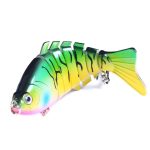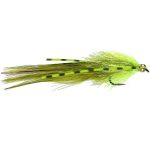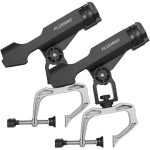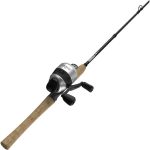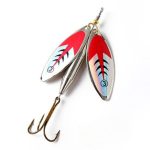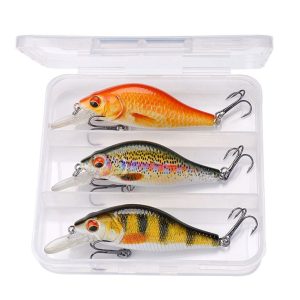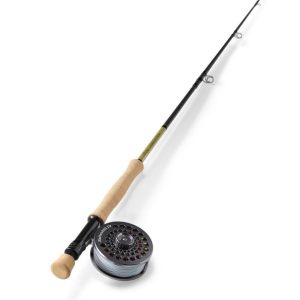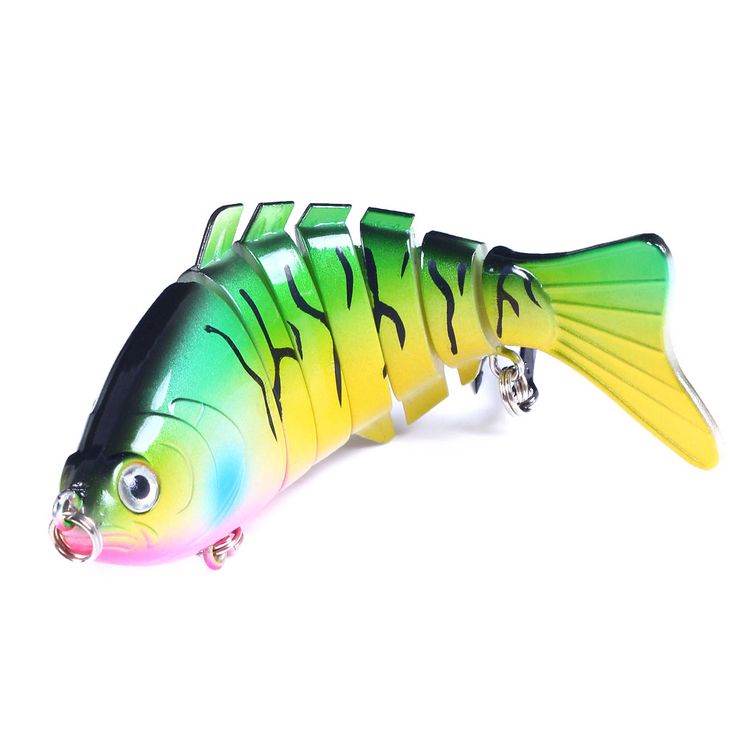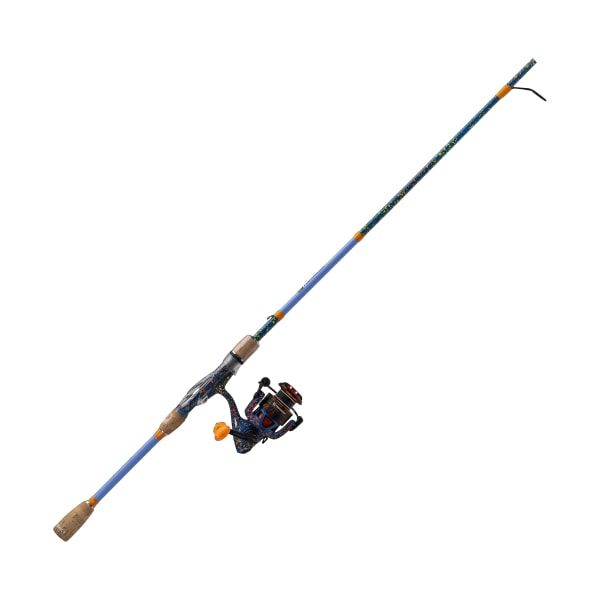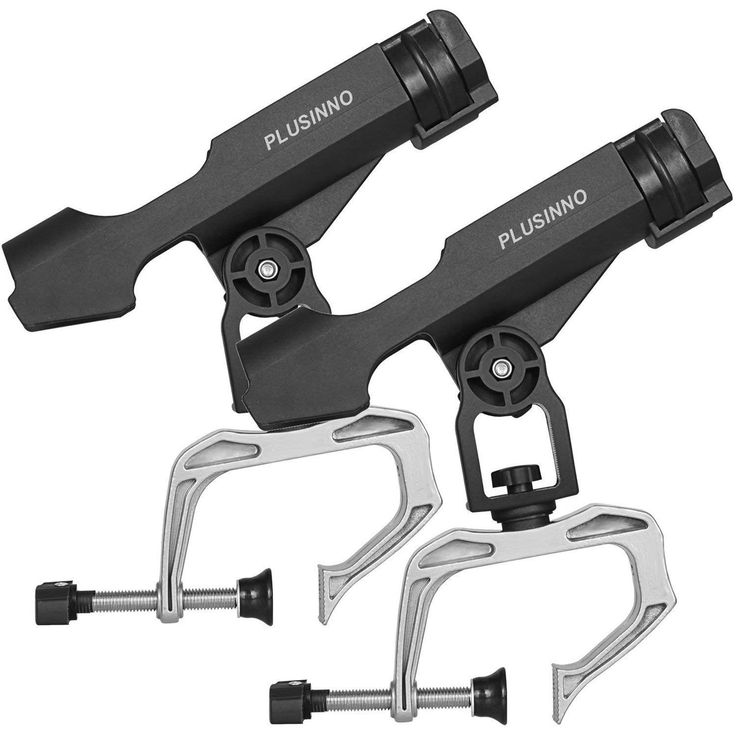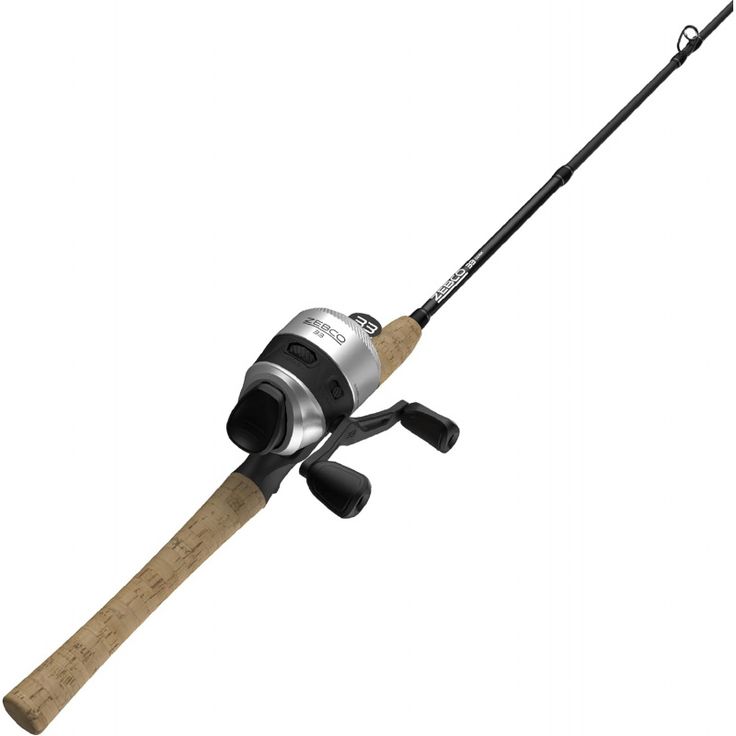Fishing has evolved significantly over the years. Now, seasoned anglers and novices alike can utilize advanced technology to improve their chances of landing a catch. Among these innovations, fish finders stand out. These devices utilize sonar technology to locate fish beneath the surface. In this article, we will delve into the mechanisms behind fish finders, their various types, and how they revolutionize the fishing experience.
The Basics of Sonar Technology
Sonar, or Sound Navigation and Ranging, is essential for fish finder. Initially, this technology was used in maritime navigation and military applications. However, its effectiveness in locating underwater objects soon caught the attention of anglers. In essence, sonar works by emitting sound waves and receiving their echoes as they bounce off objects. When a fish finder sends a sonar pulse into the water, it travels down until it encounters an object, like a fish or the ocean floor.
How Sound Waves Function
The emitted sound waves travel at a specific speed through water. When these waves hit an object, they reflect back towards the fish finder. The device then measures the time taken for the sound waves to return. By calculating this time, the fish finder determines the distance to the object. In addition, the difference in frequency can provide details about the size and type of the fish. This allows anglers to make informed decisions about where to cast their lines.
Frequency and Its Importance
Sonar systems operate at various frequencies, often categorized as low, medium, and high. Low-frequency sonar, typically around 50 kHz, is effective for deeper water. It has excellent penetration capabilities, making it ideal for locating larger species. On the other hand, high-frequency sonar, often around 200 kHz, is used in shallower waters. It provides more detailed images, making it perfect for identifying smaller fish or structures.
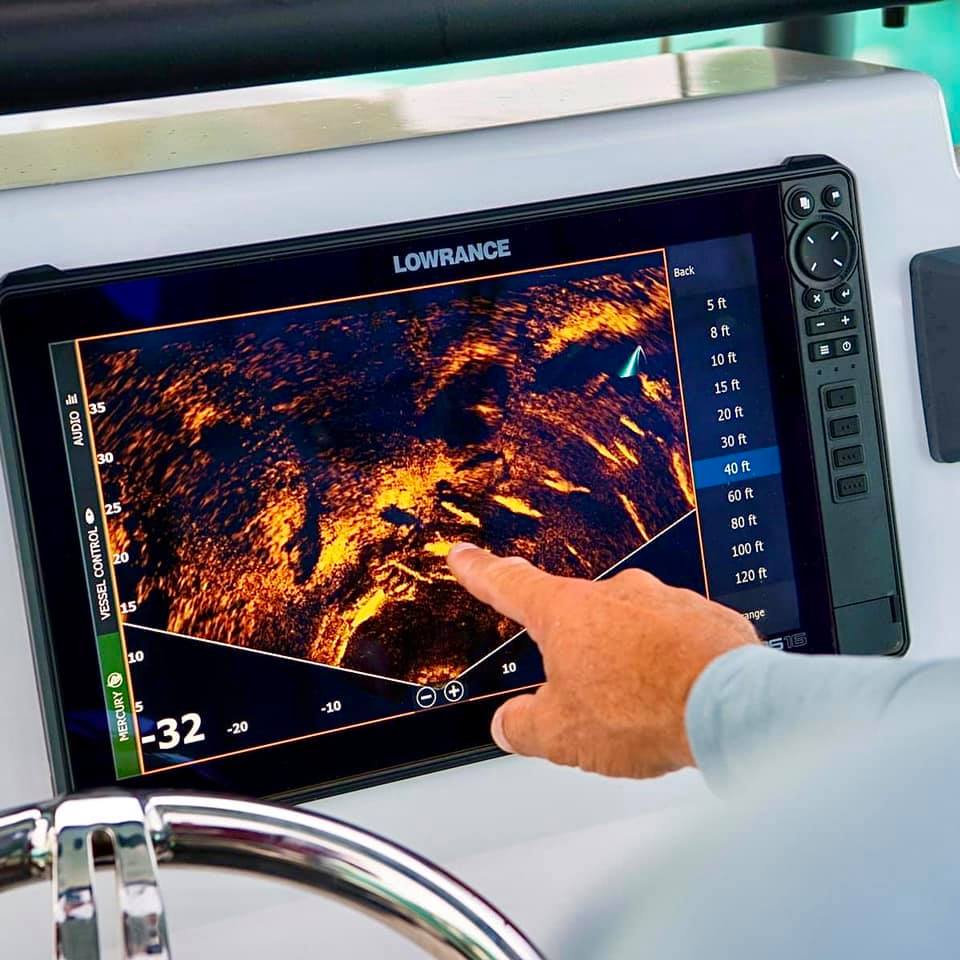
Types of Fish Finders
Fish finders come in several types, each designed with specific features to meet different angling needs. The three main types include traditional 2D sonar, down imaging, and side imaging. Anglers often choose one based on their specific fishing conditions and requirements, further enhancing their overall experience.
2D Sonar Fish Finders
Traditional 2D sonar displays fish in a simple, easily understandable manner. It uses sonar waves to create a two-dimensional representation of what lies beneath the surface. The screen typically shows the water column and the bottom contour. This type is user-friendly and widely regarded for its effectiveness in locating fish.
While this is an excellent choice for many anglers, it does have limitations. For example, it may not provide detailed images of underwater features. However, its ease of use makes it a popular option for beginners. It is also versatile for different fishing environments, from lakes to oceans.
Down Imaging Fish Finders
Down imaging fish finders take sonar technology a step further. They provide a more detailed, photographic-like view of underwater structures and fish. This type uses high-frequency sonar waves to create crisp and vibrant images. This allows anglers to easily differentiate between various objects.
These devices are particularly beneficial for targeting fish species that relate closely to structures, such as reefs and submerged timber. By providing a detailed view of the underwater environment, down imaging fish finders enable anglers to locate specific fish more efficiently. However, they may not penetrate as deeply as traditional models.
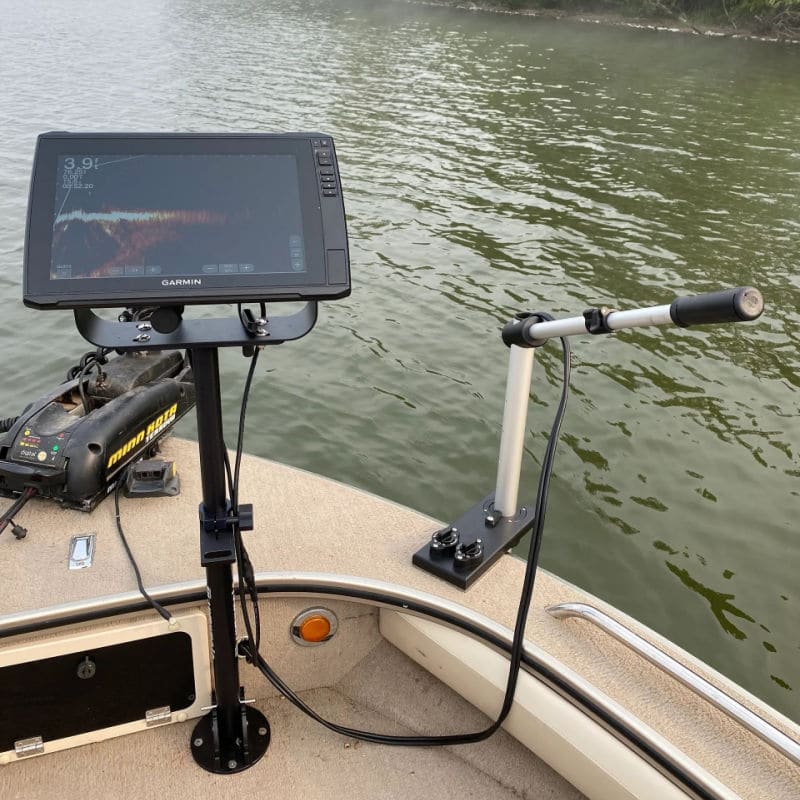
Advanced Features and Technologies
Modern fish finders often come equipped with advanced features that enhance their functionality. These technologies can provide invaluable information, ensuring a more successful fishing outing. Two important innovations in this category are GPS capability and mapping software.
GPS Integration
GPS stands for Global Positioning System. It provides real-time positioning information, enabling anglers to record their favorite spots. When you find a school of fish, you can mark that location for future reference. This feature is particularly beneficial for larger bodies of water, where finding specific spots can prove challenging.
In addition, GPS allows anglers to navigate efficiently. By using preloaded maps, users can identify landmarks and channels, making it easier to move around. As a result, this added layer of information boosts the overall fishing experience. Fishermen can focus more on catching fish than orienting themselves on the water.
Mapping Software
Mapping software offers yet another layer of sophistication. Many fish finders now include software that provides detailed maps of lakes, rivers, and coastlines. These maps often include depth contours, underwater structures, and vegetation. Such information is crucial for locating habitats where fish are likely to be present.
Moreover, some models allow users to create custom maps. These maps can be tailored based on personal experiences and preferences. By combining this data with sonar readings, anglers can maximize their fishing opportunities. Ultimately, mapping software plays a significant role in the planning and execution of successful fishing trips.

The Impact of Fish Finders on Fishing Strategies
The introduction of fish finder technology has fundamentally transformed fishing strategies. These innovations have altered how anglers approach their time on the water. Technology has made the activity more efficient and enjoyable, with increasing success rates.
Precision and Accuracy
One of the most significant impacts of fish finders is the increased precision in locating fish. Before these tools, fishermen relied on intuition and experience. Although these are valuable skills, they can be hit-or-miss. Fish finders provide concrete data, allowing users to target their efforts effectively. Consequently, this reduces frustration and enhances the overall fishing experience.
Furthermore, accuracy in locating fish leads to increased success rates. As you gather information about where fish are likely to be, your chances of catching them improve. This not only makes fishing more enjoyable but also more rewarding.
Data-Driven Decisions
Moreover, fish finders allow anglers to make data-driven decisions based on real-time information. For instance, you can analyze water temperature, depth, and bottom structure. Such knowledge can influence your choice of bait, tackle, and fishing techniques. By adapting your strategy based on this data, you can dramatically improve your success rates.
This reliance on technology also opens up opportunities for dialogue among anglers. Sharing insights about what works and what doesn’t adds another layer to the fishing community. As technology advances, the conversations surrounding best practices continue to evolve.
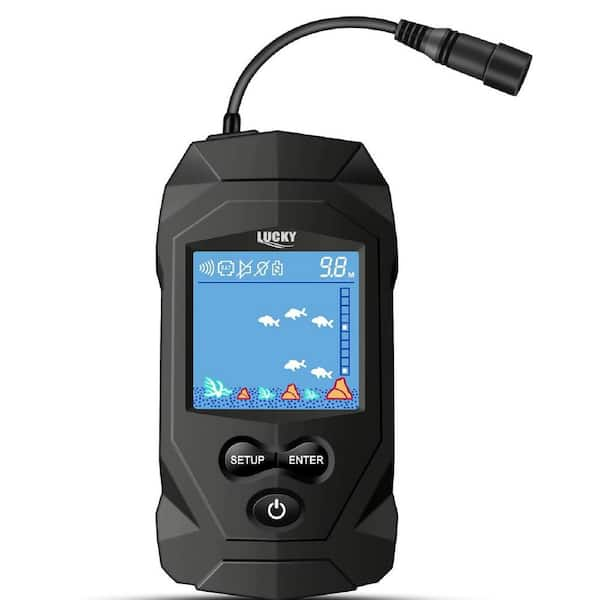
Maintenance and Care for Fish Finders
While fish finders are incredibly useful, they require proper maintenance to ensure longevity. Like other electronic devices, neglect can lead to underperformance or failure. Therefore, understanding care routines is essential for any angler.
Regular Cleaning
Regular cleaning is the first step to maintaining your fish finder. Ensure to clean the transducer, which is the component that sends and receives sonar waves. After each outing, rinse it with fresh water to remove any debris or salt. Additionally, wipe down the display screen to ensure clarity when in use.
By keeping your device clean, you can maintain its effectiveness over time. A well-maintained fish finder will provide you with accurate readings. This translates into a more successful fishing experience on every outing.
Firmware Updates
Another crucial aspect of maintenance is keeping the firmware updated. Manufacturers often release updates to improve performance and solve bugs. Checking for these updates regularly can enhance the functionality of your device. Follow the manufacturer’s guidelines for downloading and installing these updates.
Many modern fish finders can automatically notify users about available updates. Taking advantage of these improvements maximizes your investment. A well-maintained device ensures that you can enjoy all the benefits fish finders have to offer for years to come.
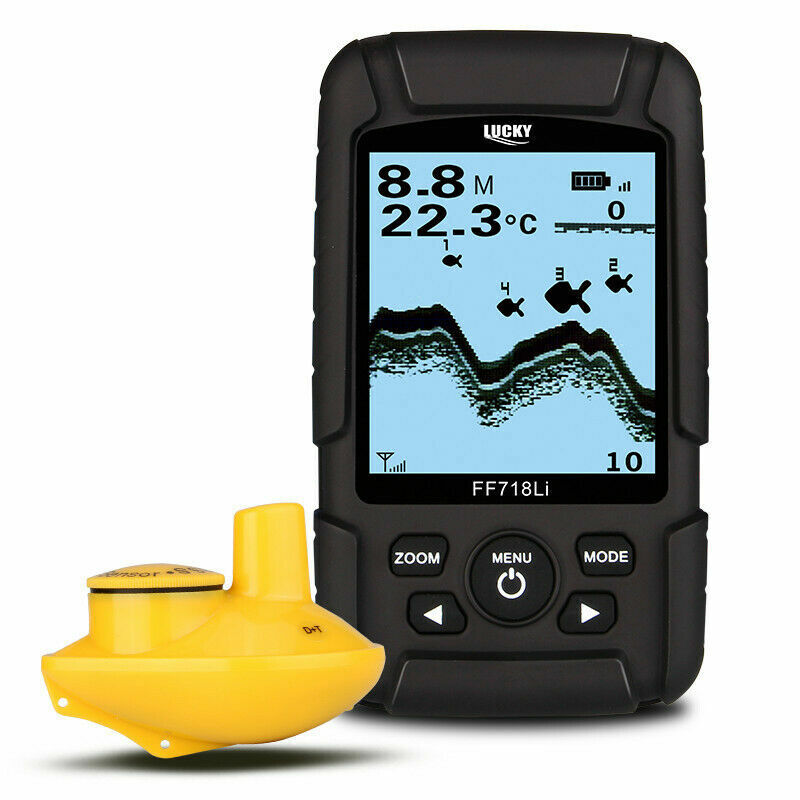
The Future of Fish Finder Technology
The world of fish finder technology is continually evolving. As engineers and developers find innovative ways to enhance performance, the future promises significant advancements. Emerging technologies, such as artificial intelligence and machine learning, are set to change the landscape.
Enhanced Imaging Capabilities
One area expected to see major improvements is imaging capabilities. Future fish finders may not only provide real-time underwater images but also offer predictive analytics. This means they could predict fish movement based on environmental conditions. An advanced understanding of fish behavior will significantly influence fishing strategies.
In addition to imaging, integration with other technologies is likely to increase. For instance, combining fish finder data with weather and tidal information could provide a comprehensive view. This will allow anglers to make even more informed decisions and strategies when on the water.
Ecosystem Awareness
Moreover, fish finders are poised to become more eco-friendly. There is an increasing focus on understanding aquatic ecosystems. Future fish finders could include features that allow anglers to monitor fish populations and habitats sustainably.
With such advancements, fishermen can contribute to the preservation of marine ecosystems. This dual purpose of enjoyment and conservation aligns well with the modern angler’s responsibilities. As technology continues to evolve, it holds the potential to strengthen the bond between fishermen and nature.
Conclusion: Embracing Technology for Better Fishing Experiences
Fish finders have undeniably transformed the fishing experience. By employing sonar technology, these devices enable anglers to locate fish and navigate waters efficiently. With various options available, from 2D sonar to advanced down imaging, there is something for everyone.
As we look to the future, we can expect even more advanced features that further enhance our fishing adventures. Technology not only maximizes our chances of success but also offers a deeper understanding of aquatic ecosystems. Therefore, embracing the innovations brought by fish finders will lead to more enjoyable, rewarding, and responsible fishing experiences.
Investing in a quality fish finder could change how you fish, opening new opportunities for connection with nature. So, whether you are just starting or a seasoned pro, consider adding a fish finder to your toolkit. You may be surprised at how it enhances your fishing experience, one catch at a time.

